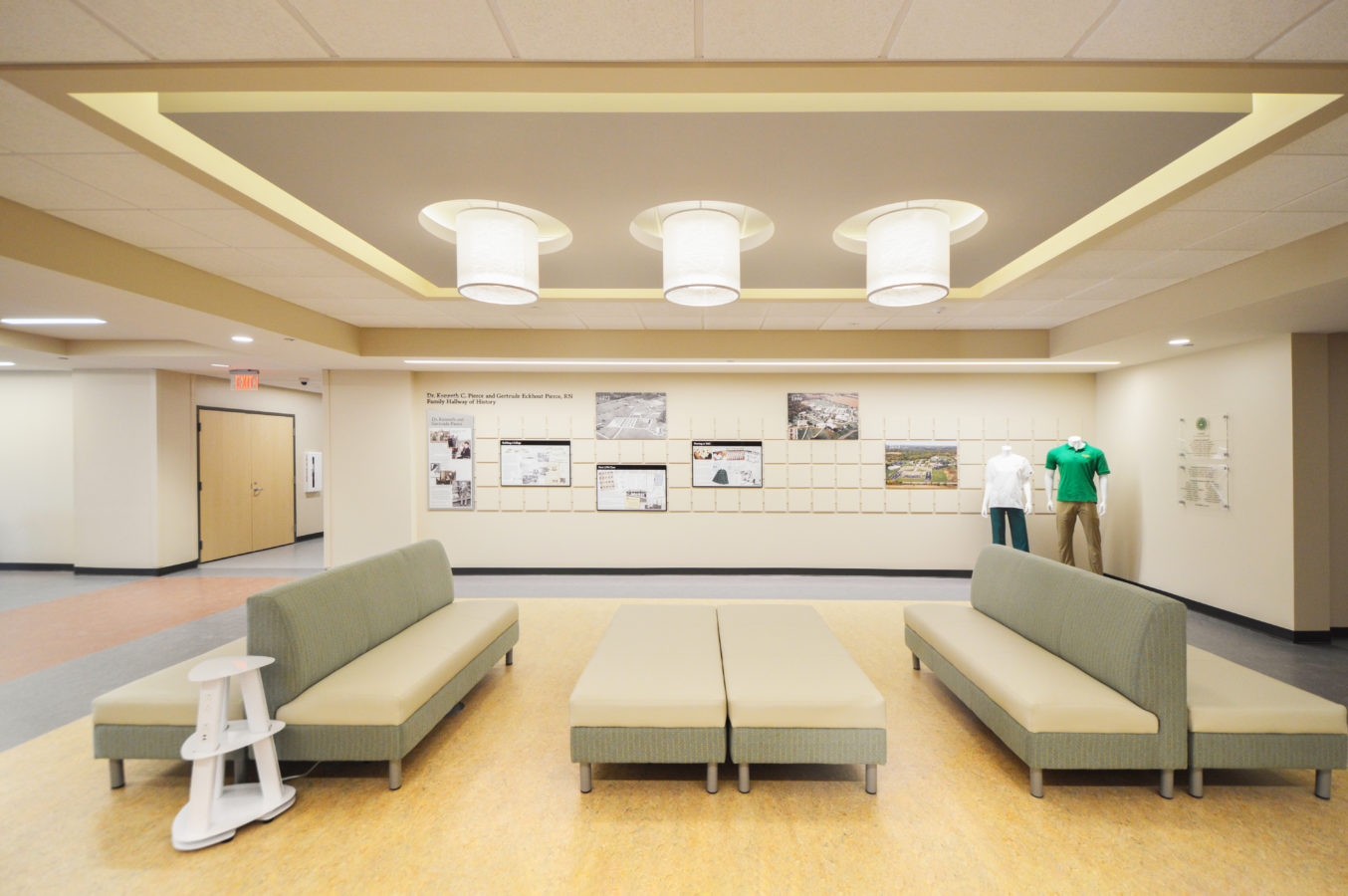
Arvin Delacruz, Architect, AIA, NCARB, Abonmarche
So much has changed in healthcare design over the past ten years, and our team is laser-focused on guiding our clients as they make decisions to invest in the most innovative – and most effective – healthcare design principles in practice today.
The COVID-19 pandemic has presented challenges that only a few had predicted, and it’s forcing everyone – in every vocation – to see and interact with their jobs differently. Amidst all of the challenging effects of COVID, there has been growth, and innovation, at many levels.
There’s no group of people who understand this more than those working in healthcare environments. Our healthcare system has been completely overwhelmed by the pandemic, and healthcare companies, administrators, and front-line workers are all being pushed into new, uncomfortable territory. And by now, many of us have experienced a COVID-impacted healthcare environment first-hand, whether going in for care for oneself or by accompanying loved ones. Our physical health is certainly in danger, but the long-term mental, social and psychological health effects of the pandemic will take years to properly understand and measure.




The built world has an tremendous effect on our mental and psychological wellbeing, and the research to prove it now exists. While our healthcare environments have traditionally prioritized physical health over other areas of wellbeing, this has fortunately begun to change. Due to growing bodies of accredited research, followed by higher numbers of evidence-based design projects, healthcare spaces are beginning to focus more on the full picture – on holistic human wellbeing.


Physical health priorities are now accompanied by psychological health priorities, and the designers, architects, and systems engineers are in a perfect position to lead this movement.


Our design team is working with healthcare clients that are hoping to shift to a more holistic approach to caregiving; therefore, the environments they work in will also need to shift. We’re helping each client – public and private, acute and outpatient – navigate decision-making in ways that help them deliver the best care possible and future-proof their investments. We’re doing this in a few key ways:
Promoting biophilic design. Our surroundings are proven to have a direct impact on our nervous systems. Biophilic design elements infuse the positive health benefits of nature, and the natural world, into the built world.
Adopting a hospitality and spa aesthetic. Less clinical-feeling spaces create a specific positive-oriented atmosphere. Soothing colors, textures, and sounds all have the power to lower anxiety levels and create a relaxing, out-of-the-office mood – increasing the likelihood of regular preventative healthcare visits. Our healthcare environments can be both sanitized and welcoming.
Designing for seamless entrance, check-in, and exit sequences. All of these touchpoint experiences contribute to a positive, or negative, experience that each patient walks away with. If healthcare providers can improve each touchpoint, both patients and staff will feel more valued and less stressed.
These areas of focus are transforming the healthcare environments we all interact with. Each presents a new way of thinking about our own wellbeing, as well as our expectations for what is possible in a clinical environment.
To learn more about our healthcare design practice, reach out to Arvin Delacruz at adelacruz@abonmarche.com.






